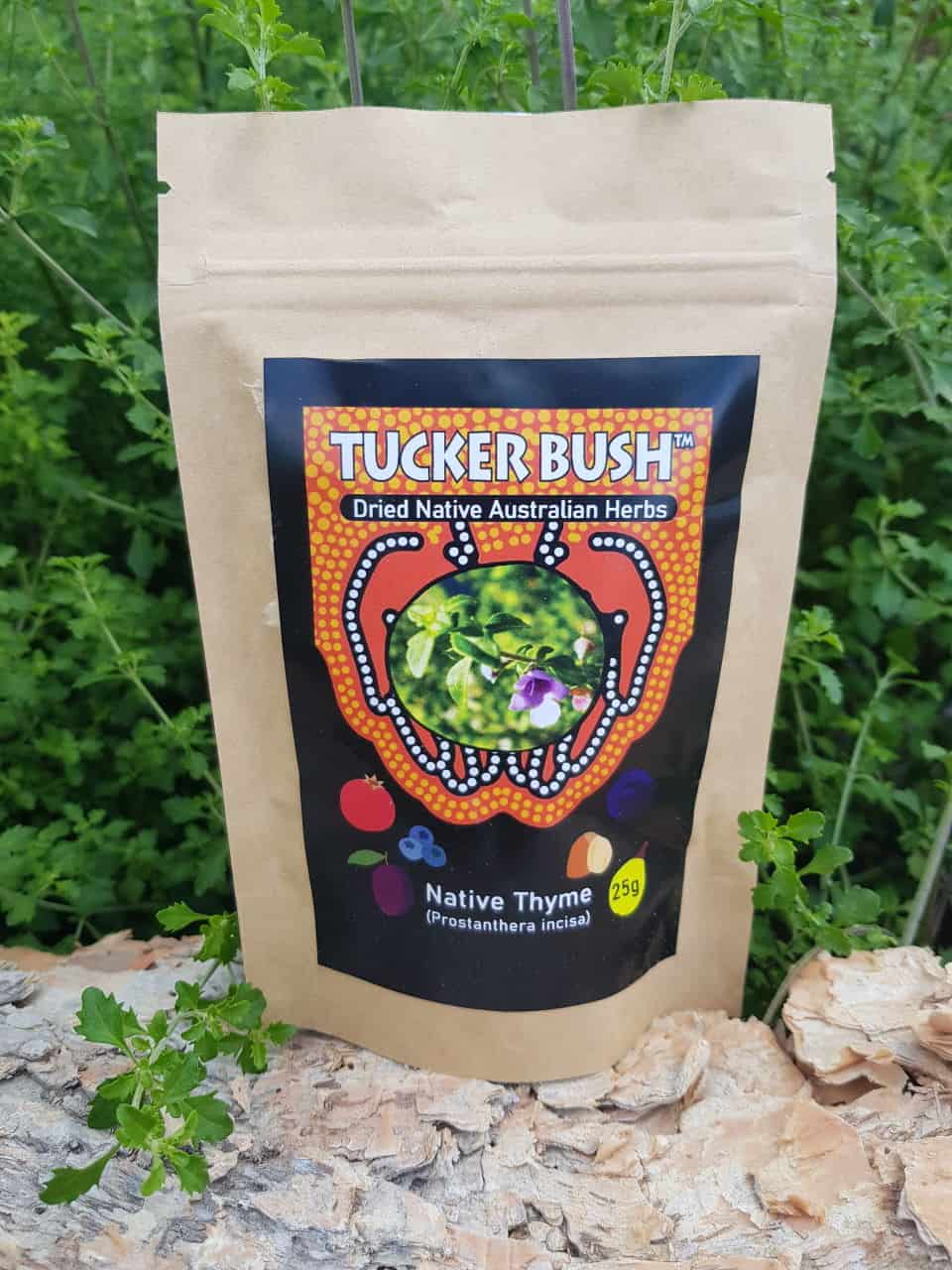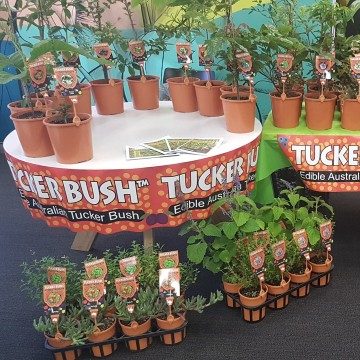Childhood isn’t the same as it used to be. With a steady increase of personal electronics and urbanisation over the last few decades, the kids of today tend to spend most of their leisure time indoors with their eyes fixed to a screen.
The virtual extinction of nature play is an unprecedented mutation of human childhood, according to the 2009 book A Parent’s Guide to Nature Play by Ken Finch. It’s a sentiment echoed in recent years as the pull of social media and digital entertainment grows ever stronger: unstructured outdoor play has diminished, along with its positive impacts on children’s health.
Regular habits of active play during childhood are one of the best predictors of active adulthoods — a perfect prescription for combating the obesity epidemic.
School children who use playgrounds with trees, fields, shrubs, and vegetated edges show more creative play, better concentration, and more inter-gender play than peers with equipment-focused playgrounds.
Outdoor play in green settings reduces the symptoms of attention-deficit hyperactivity disorder in children.
According to the “hygiene hypothesis,” early exposure to plants, animals, and soil helps children’s immune systems to develop properly, making them less vulnerable to allergenic conditions like asthma and peanut allergies.
(source: A Parent’s Guide to Nature Play)
But while “no one intentionally removed nature play” (Finch, 2009) from children’s lives, the adults and teachers of today can be very intentional about bringing it back.
Discovering nature play with edible native plants
Education plays an important role in sharing knowledge of edible native plants, making them available to all. It’s a place to raise awareness about who benefits from the commercialisation of Indigenous food. And teachers can make educational links to the historical, ecological and cultural politics of food. (source: Monash Education)
Let’s face it, what child has never attempted to put something in their mouth just to see how it tastes? Adding edible plants to a child’s day, as part of a nature-inclusive educational experience, can help young people build familiarity with and trust in the natural world around them.
We’d encourage every Australian school to plant a bushfood garden and book a visit from a local Aboriginal educator. Through this kind of hands-on learning experience, children start to develop their “nature smarts” from an early age. Learning how to interact, care for, and draw sustenance from nature contributes to healthier, happier, and more resilient children.
Re-wilding the backyard a bushfood micro-forest

A bushfood micro-forest is a complete but tiny ecosystem, made up of diverse vegetation in a relatively small area. It’s intended to work the way a forest does, capturing carbon, nourishing the soil with decomposing matter, providing food and creating a habitat for wildlife — children included!
Parents wishing to create a rich nature-play environment at home should aim to design a family-friendly bushfood garden with plants appropriate to the age and needs of the child. This means seasonal native ingredients are always within reach. Kid-friendly fruits like Midyim Berries, Muntries and Native Mulberry are much more interesting when your child can go outside by themselves and harvest them fresh.
Nature play has been a defining part of childhood. Yet only recently have we begun to grasp its powerful and positive impacts on children’s healthy growth and development.
— Ken Finch, A Parent’s Guide to Nature Play
References
- Finch, K. (2009). A Parent’s Guide to Nature Play: How to Give Your Children More Outdoor Play (1st ed.). Green Hearts Institute for Nature in Childhood. https://naturalstart.org/sites/default/files/a_parents_guide_to_nature_play.pdf
- Welch, R., & Briggs, C. (2020, November 30). How bringing Australian edible plants into your classroom can deepen understanding of Indigenous cultures and histories. Monash Education. Retrieved January 11, 2024, from https://www.monash.edu/education/teachspace/articles/how-bringing-australian-edible-plants-into-your-classroom-can-deepen-understanding-of-indigenous-cultures-and-histories




